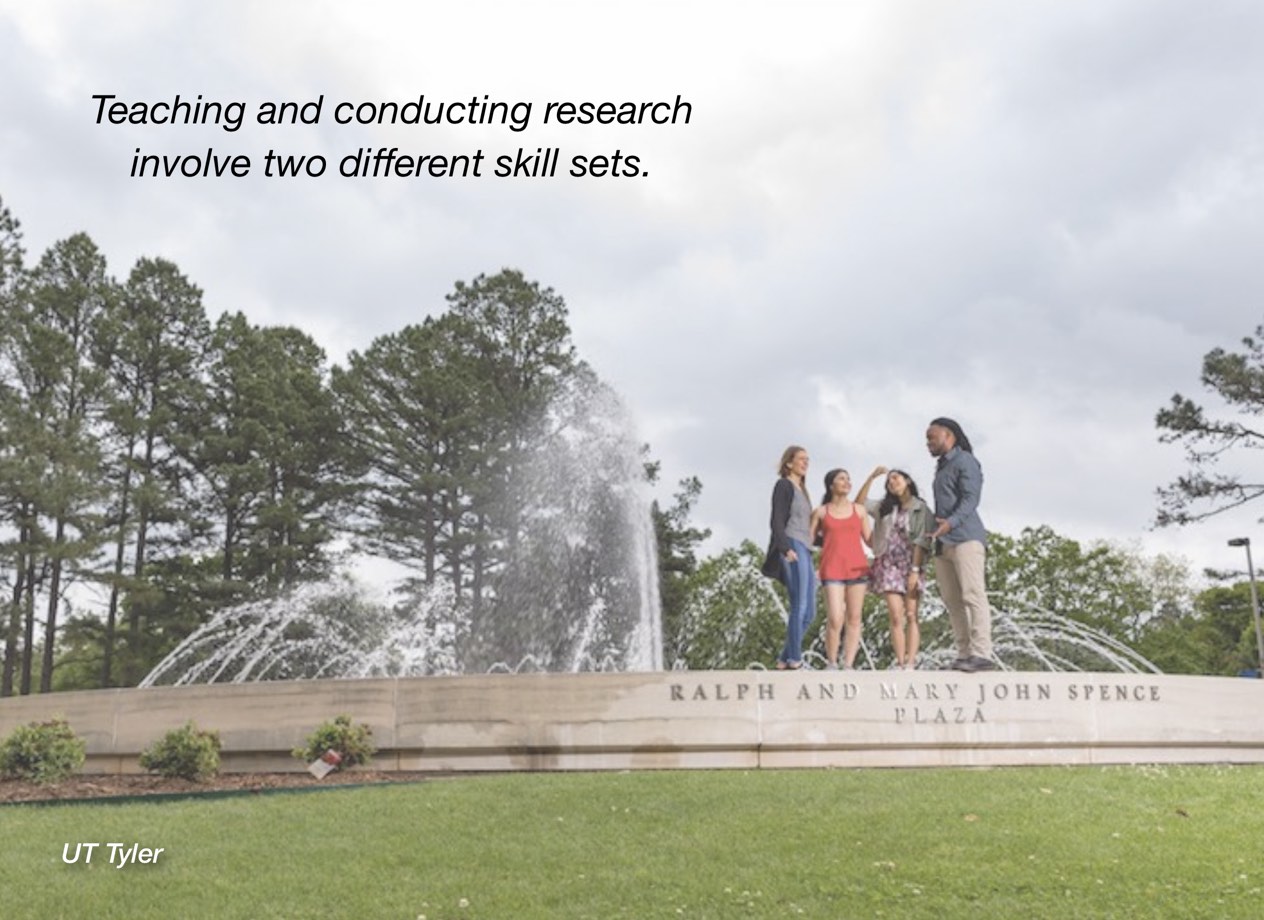27 Bridging Academic and Student Cultures


Sophia Andres
By transforming the theoretical into the visual, we may better engage students who are now more than ever entrenched in a highly visual culture. Studies in knowledge acquisition demonstrate that we encode new information in both verbal and visual modes of memory and are better able to recall it if we can reinforce the verbal with the visual. Many foreign-language-learning programs, such as Rosetta Stone, interweave the verbal and the visual, matching words with images to facilitate the language acquisition process.
What are some of the visual media we may seek in order to make highly abstract concepts tangible? Quite a few of us rely on PowerPoint presentations to convey information concisely and clearly. But without interesting pictures to keep students engaged in the material, these presentations can be quite soporific. I often think it should be illegal to have a slide replete with words, devoid of pictures that translate the verbal into the visual. In this respect, professors in the humanities may seem to be at an advantage because they can illustrate the literary or the historical with paintings, photographs, and videos.
of criticizing our students’ obsession with the Internet, we can actually capitalize on it. We may have students come up with their own visual examples that illustrate theoretical concepts we discuss in our lectures. They might seek these images in the movies or the YouTube videos they watch. YouTube videos may at times also serve as our point of departure for lectures on any subject, asking students to view them critically, for instance, by concentrating on the gaps in or the inconsistencies of the material conveyed. By having students engage in and critically examine works of the past or the present, we may enable them to extricate themselves from the tyrannical power of written works or social media.But the visual is a powerful and indispensable tool in the sciences as well. I recently attended a lecture, “The Future of the Brain,” by Michio Kaku, a professor of theoretical physics. As an English professor, I expected to be introduced to highly complex concepts that I might only partially understand. Yet, I was fascinated by his ability to convey the sophisticated ideas of physics to a general audience. Watching him lecture, I tried to absorb both the concepts he taught and his mode of delivery. Yes, he did rely on a PowerPoint presentation but it was not full of diagrams of the brain. Bright, colorful reproductions of well-known photographs, paintings from pop culture, and images from popular movies illustrated recent discoveries and advances in physics, making them lucid and entertaining.
We may further involve students in creative projects that turn abstract academic concepts into personal experiences. I often ask my students to create their own YouTube video illustrating a highly complex theory with paintings, photographs, and even music. I am frequently astonished with the results and let students know how impressed I am.
Through such projects, we can also learn from our students and better communicate with them by entering their world. Simultaneously, by activating their creative resources, we may empower them to be active contributors to rather than passive recipients of knowledge.


Chapter 23 Commentary: Kevin Cokley
“Many teachers have not been taught how to effectively translate theoretical concepts into practical, relatable pieces of information. A teacher’s effectiveness can be detected by students’ reactions to the material being taught. Sophia Andres astutely points out that PowerPoint presentations that overly rely on words can be quite boring. Indeed, in my own teaching I have noticed a different level of engagement from students when I revised my PowerPoint slides to include more pictures. The saying “a picture is worth a thousand words” could not be more true than when teaching undergraduate students who bore easily with pedagogy that simply relies on reading from a PowerPoint slide.
Capitalizing on students’ obsession with the Internet is sage advice for all teachers. A recent study found that college students spend between 8 and 10 hours a day on their smartphones, with much of that time spent on the internet. Teachers should think of creative ways to incorporate students’ internet obsession into the class. For example, it is standard (and boring) to teach the beliefs of a particular scholar via a PowerPoint slide, but it’s much more interesting to show a YouTube video of the scholar being interviewed. This brings the lecture material to life in a way that sparks a student’s interest beyond understanding abstract concepts.”

